Cat constipation is more common than most pet parents realize. It can quickly turn from a minor issue into a serious health concern. If your furry friend is struggling to poop, you're likely asking: How to help a constipated cat safely and effectively at home?
This guide combines veterinarian-approved advice with practical steps you can take today to help your cat feel better.

What Causes Constipation in Cats?
Before you try any treatment, it's important to understand the possible causes. Cat constipation can result from:
- Dehydration, especially in cats that eat dry food.
- Low-fiber diets reduce stool bulk and slow movement.
- Hair ingestion, especially in long-haired cats or those that overgroom.
- Lack of exercise slows digestion and contributes to obesity.
- Medical conditions, such as megacolon, arthritis, or kidney issues.
A study published in the Journal of Feline Medicine and Surgery found that around 62 percent of chronic constipation cases in cats are linked to poor hydration or inadequate diet.
Signs Your Cat Might Be Constipated
Identifying the symptoms early can help prevent complications. Watch for the following signs:
Sign 1. Straining in the Litter Box Without Passing Stool
This is often the first and most noticeable symptom. Your cat may:
- Spend extended time in the litter box without producing stool
- Strain or crouch in a pooping position with no result
- Vocalize or meow during the attempt
- Pace between rooms and the litter box in frustration
Sign 2. Hard, Dry, or Pellet-Like Stools
When your cat does manage to poop, examine the stool. Normal cat feces should be:
- Moist
- Smooth and log-shaped
- Dark brown in color
Warning signs:
- Dry, pebble-like stools
- Very small, hard droppings
- Stool covered with a mucus-like film
If not addressed, hard stool can lead to fecal impaction or megacolon, which is a more serious condition that may require surgery.
| Stool Type | Description | Concern Level |
|---|---|---|
| Normal | Moist, formed, dark brown | ✅ Healthy |
| Dry & hard | Pebble-like, brittle | ⚠️ Mild constipation |
| Mucus-covered or absent | No stool, but visible straining | 🚨 Needs vet visit |
Sign 3. Reduced Food Intake or Loss of Appetite
A buildup of stool in the colon can cause:
- A sense of fullness
- Discomfort or nausea
- General disinterest in food
Other related symptoms include:
- Refusing favorite treats
- Vomiting after eating (especially in moderate to severe cases)
- Spending more time hiding or lying down
Cats are creatures of habit. A sudden change in appetite, especially when combined with unusual litter box behavior, is a clear signal that something’s wrong.
At a Glance: Early Signs of Cat Constipation
| Symptom | What to Look For |
|---|---|
| Straining in the litter box | Long duration, crouching, no stool |
| Stool changes | Hard, dry, or pellet-like texture |
| Appetite reduction | Skipping meals, vomiting after food |
| Behavior changes | Hiding, vocalizing, lethargy |
How to Help a Constipated Cat at Home
If you are wondering how to make your cat poop naturally at home, these safe and practical remedies can often relieve mild constipation.
1. Adjusting Your Cat’s Diet for Better Digestion
Diet is one of the most influential factors in a cat’s digestive health. Cats that eat only dry food or lack dietary fiber are more prone to constipation.
✅ What to do:
- Switch to high-moisture canned or raw food
- Add plain canned pumpkin (start with 1/2 to 1 teaspoon daily)
- Introduce fiber supplements (vet-approved)
- Transition food gradually over 5–7 days
2. Increase Water Intake to Soften Stools
Water is essential for soft stool and regular bowel movements. Unfortunately, many cats are poor drinkers by nature.
✅ How to encourage more drinking:
- Use a cat water fountain
- Place water bowls in quiet areas
- Add low-sodium broth to meals
- Feed rehydrated, freeze-dried, or wet food
Hydration not only prevents constipation but also supports urinary tract health, especially in older cats.
3. Encourage Physical Activity to Stimulate Bowel Movements
Regular movement helps stimulate intestinal motility. This is especially important for indoor cats and those who are overweight or older.
✅ Ways to keep your cat active:
- Play for 10–15 minutes twice daily
- Use interactive toys and climbing structures
- Use puzzle feeders or treat balls
Cats with higher activity levels tend to have more regular bowel habits and fewer weight-related digestive problems.
4. Try Gentle Belly Massage to Relieve Discomfort
In some cases, a gentle abdominal massage may help stimulate the colon and ease mild constipation. However, this should only be attempted if your cat is calm and not in visible pain.
✅ How to do it:
- Rub the lower belly gently in circles
- Watch for signs of tension or resistance
- Stop if your cat becomes agitated
5. Monitor and Track Your Cat’s Bowel Habits
Keeping a record of your cat’s litter box behavior is one of the most underrated yet powerful tools in identifying and preventing constipation.
✅ Track the following:
- Frequency of bowel movements (aim for once daily).
- Stool consistency, color, and volume.
- Changes in litter box behavior or straining.
- Appetite and water intake.
If you find manual tracking difficult, consider using an automatic litter box. It monitors your cat’s bathroom habits, records usage frequency, and helps you detect constipation early. All while keeping the litter box clean and odor-free.
Vet-Approved Treatments for Cat Constipation
If symptoms persist or become severe, your veterinarian may recommend medical treatment. Options include:
- Laxatives, such as Miralax (polyethylene glycol), must be used under veterinary supervision.
- Lactulose syrup is a sugar-based stool softener that draws water into the colon.
- Fluid therapy, either oral or subcutaneous, is especially for dehydrated cats.
- Manual stool removal is performed under anesthesia in extreme cases.
- Prescription gastrointestinal diets are designed to improve stool quality.
How to Prevent Cat Constipation in the Future
Once your cat recovers, keeping their digestive system healthy is key to preventing future problems. Here are four simple but effective habits to follow:
- Feed Moisture-Rich Food: Use canned or raw food and add broth or water.
- Brush Regularly: Helps reduce hairball risk, especially in long-haired cats.
- Encourage Daily Exercise: Play and movement aid digestion and weight control.
- Visit the Vet Regularly: Catch early signs of diseases that can lead to constipation.
For best results, consider using the pet grooming kit. It helps remove loose fur while keeping your home clean. It's ideal for managing shedding and preventing hairball-related constipation.
Conclusion
Constipation in cats is uncomfortable and should not be ignored. Thankfully, with early action and simple home care, most cases can be resolved safely. By following the steps in this guide, you now have a clear plan for how to help a constipated cat and improve their well-being.
If symptoms last more than 48 to 72 hours, or your cat shows signs of pain, vomiting, or lethargy, contact your veterinarian promptly.
FAQs About Cat Constipation
Q1: How long can a cat go without pooping?
A1: Healthy cats typically poop once a day. If your cat hasn’t gone in over 48 hours, consult your vet, especially if there are other symptoms.
Q2: Can I give Miralax to my cat for constipation?
A2: Yes, but only under veterinary advice (⅛–¼ tsp mixed into wet food).
Q3: What is the fastest way to relieve cat constipation?
A3: Boost hydration, add fiber (pumpkin or Miralax with vet approval), and encourage movement. If severe, seek veterinary care.


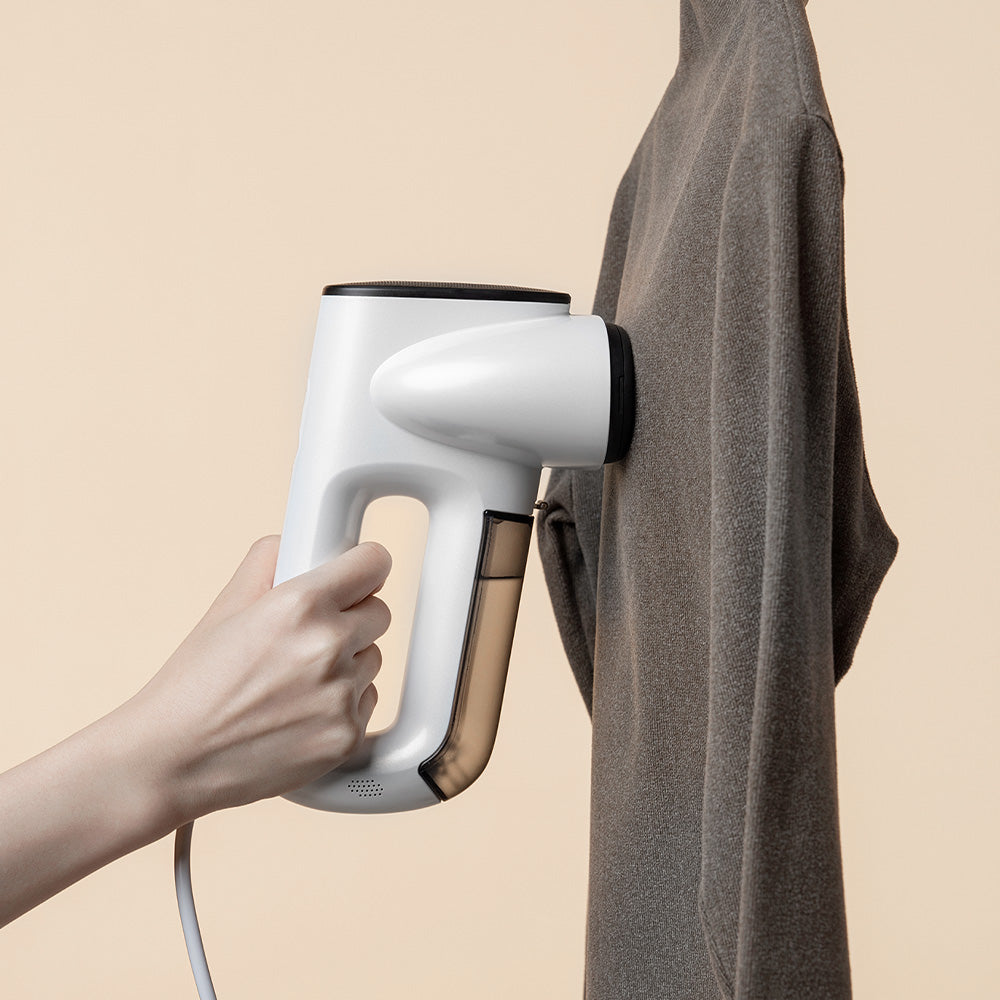
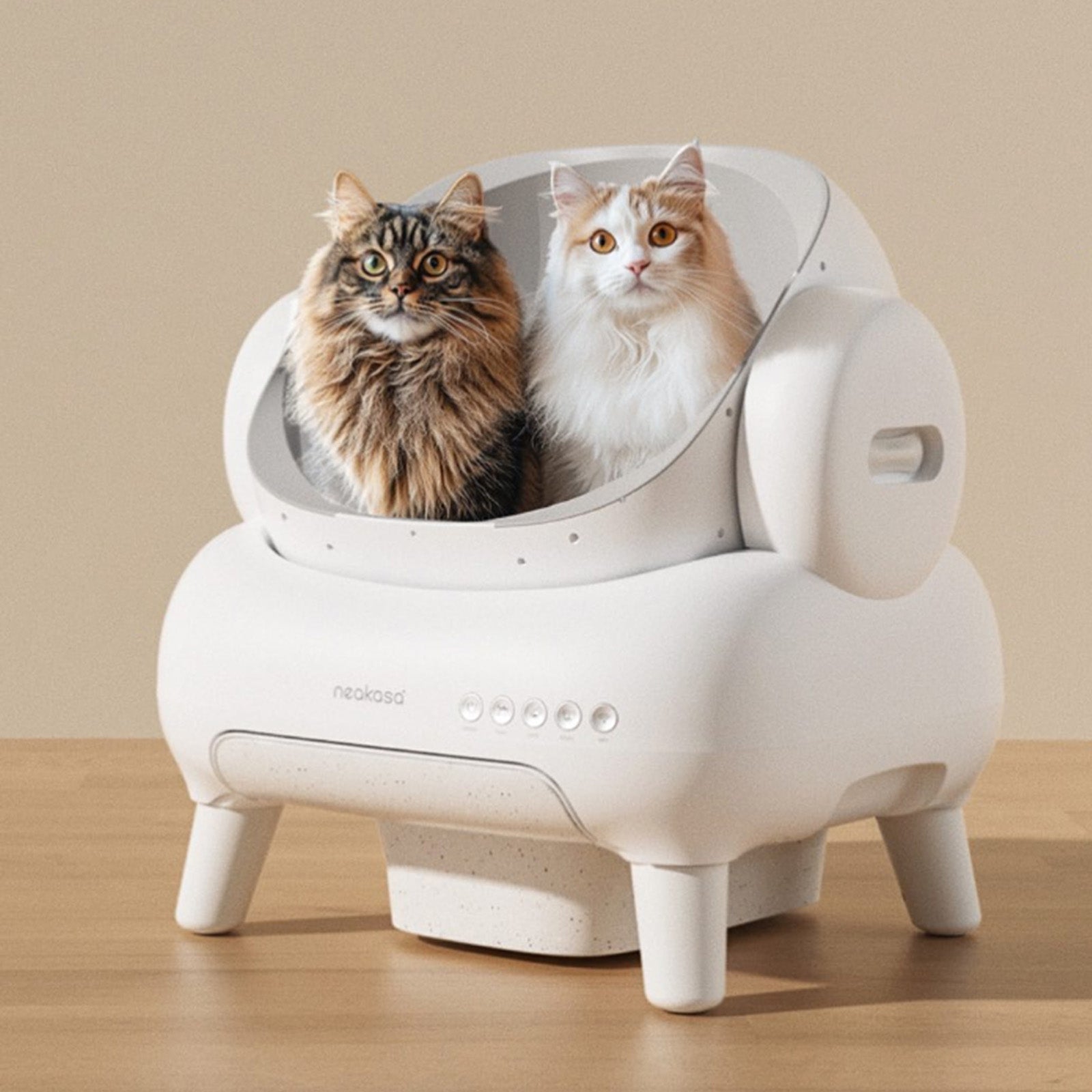
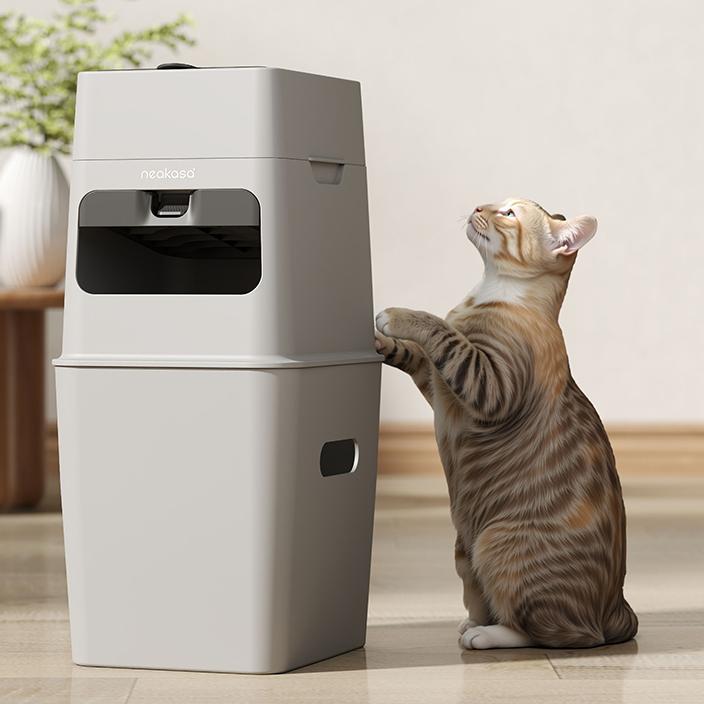
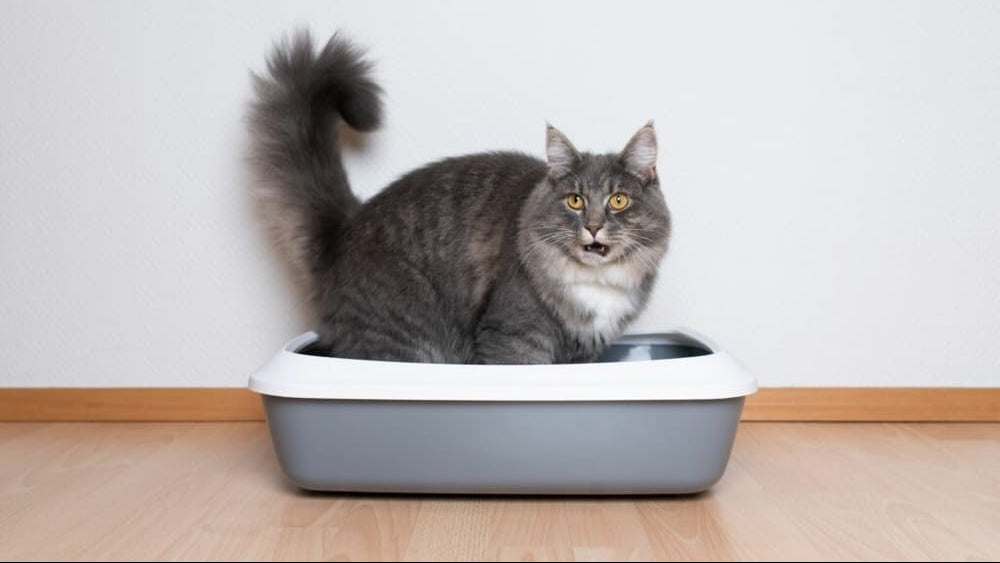

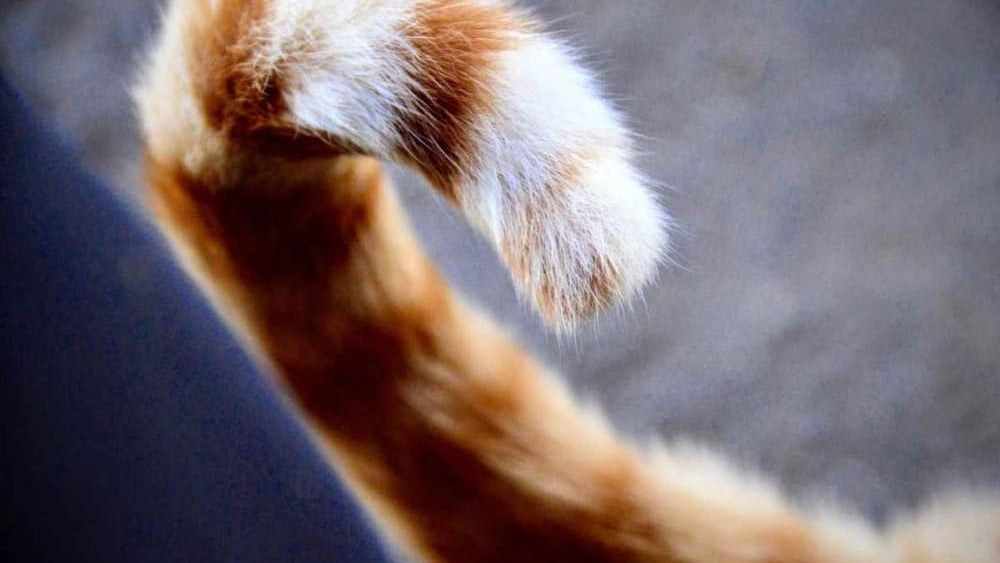
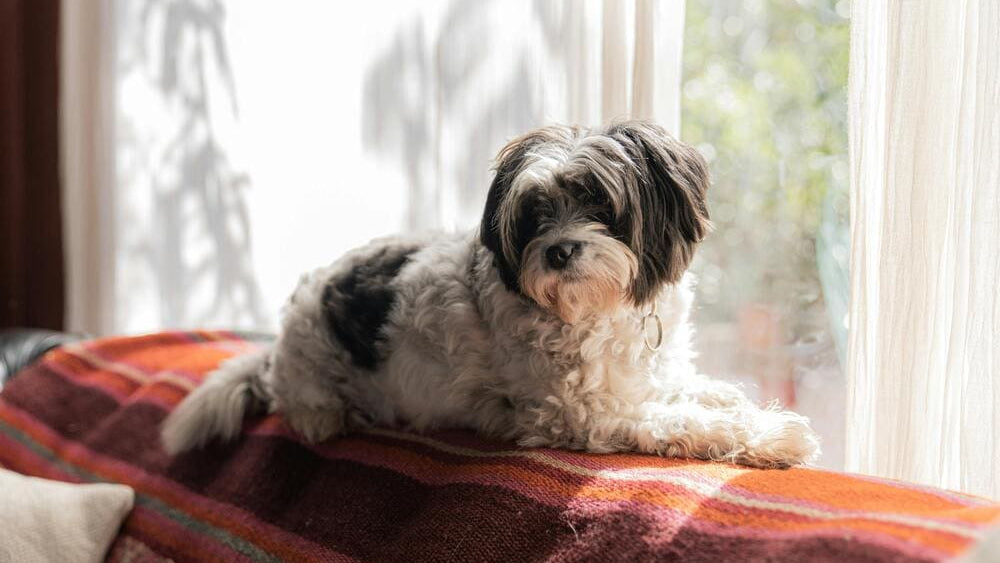
Leave a comment
This site is protected by hCaptcha and the hCaptcha Privacy Policy and Terms of Service apply.